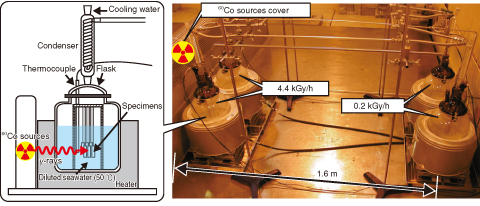
Fig.1-30 Corrosion testing of steel specimens under γ-ray irradiation

Fig.1-31 Result of the corrosion test of PCV steel
Seawater was poured into reactors 1F1-1F3 after the accident at the TEPCO’s Fukushima Daiichi NPS (1F). Therefore, the primary containment vessel (PCV) composed of carbon steel will be corroded by contact with seawater over the long term, and there is a possibility of the loss of structural strength and/or the formation of holes in the vessel. Furthermore, the decomposition of water molecules due to high doses of radiation (i.e., water radiolysis) in the PCV causes the production of chemically active species, such as hydrogen peroxide, which could accelerate the corrosion of the vessel steel. It is, therefore, necessary to predict and control the corrosion of the steel until the completion of the removal of nuclear fuel and debris.
As shown in Fig.1-30, specimens of SGV480 steel-identical to the actual steel used in the PCV-were immersed in diluted artificial seawater and irradiated by γ-rays for 500 h. Fig.1-31 shows the results of the corrosion test under irradiation. “Corrosion weight loss” on the vertical axis is the weight lost by the specimen due to corrosion, and was obtained by removing the rust from the specimen, weighing it, and comparing the result to that obtained before the specimen’s immersion. After the accident at 1F, nitrogen gas was enclosed in PCVs for the purposes of preventing hydrogen explosions. Corrosion tests under irradiation in the test flask in which nitrogen gas was enclosed showed a decrease of the weight loss, as shown in Fig.1-31. Since the oxygen partial pressure of the gas phase in the flask decreased through nitrogen substitution, the concentration of dissolved oxygen in the diluted seawater also decreased, and consequently the corrosion rates of specimens decreased as well. Furthermore, the case that used nitrogen substitution together with the addition of hydrazine with the property of removing oxygen from water is shown on the right-hand side of Fig.1-31. From this result, it is believed that the corrosion of PCVs, wherein nitrogen is enclosed and hydrazine has been injected, is still under control at present.